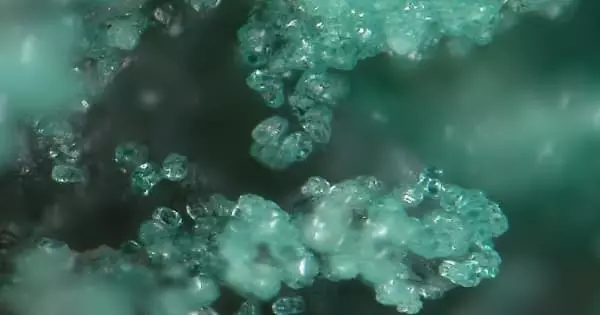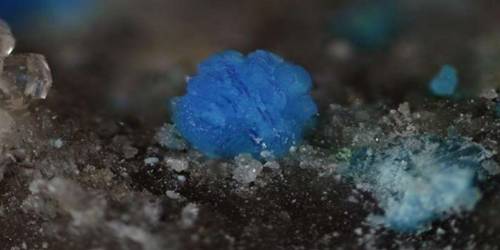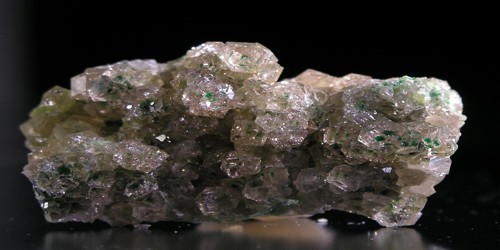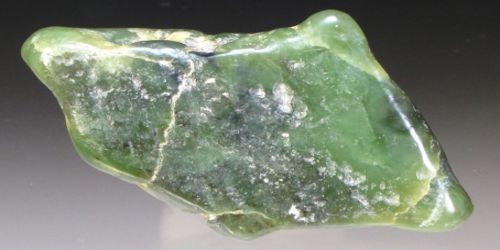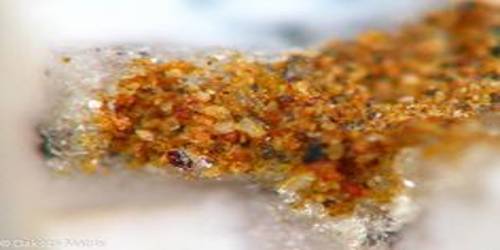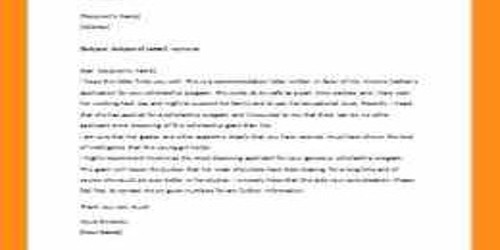Osarizawaite is a greenish-yellow sulfate mineral with the chemical formula: PbCuAl2(SO4)2(OH)6. It has rhombohedral crystals. It is a rare secondary mineral found in the zone of oxidized over lead-bearing deposits.
It was first described in 1961 for an occurrence in the oxidized zone of the Osarizawa mine, Akita Prefecture, Honshu Island, Japan. It occurs in the oxidized zone at the Flambeau Mine, near Ladysmith (Jones, Jones, and LaBerge, 1999).
General Information
- Category: Sulfate minerals, alunite group
- Formula: (repeating unit) PbCuAl2(SO4)2(OH)6
- Crystal system: Trigonal
- Crystal class: Hexagonal scalenohedral (3m)
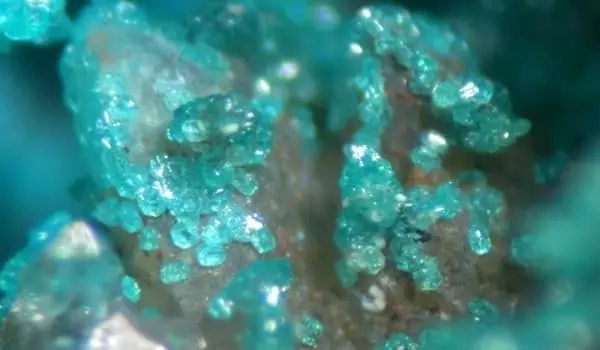
Properties
It is a greenish-yellow mineral with having rhombohedral crystals. It is an uncommon mineral in the oxidized zone of hydrothermal Pb–Zn–Cu deposits. It was name for its first-noted occurrence in the Osarizawa mine, Japan.
- Color: Greenish yellow
- Tenacity: Brittle
- Mohs scale hardness: 3 – 4
- Specific gravity: 3.89 – 4.037
- Optical properties: Uniaxial (+)
- Lustre: Earthy
- Tenacity: Brittle
Occurrences
It was named after the first noted occurrence and type locality at the Osarizawa mine on Honshu in Japan. Osarizawaite has many localities including in, additionally, Australia, New Zealand, Argentina, Chile, Mexico, the United States, England, France, and Germany, among others.
It occurs as a hydrothermal mineral in oxidized lead-zinc-copper deposits. Osarizawaite occurs in association with anglesite, beaverite, hidalgoite, duftite, bindheimite, conichalcite, olivenite, quartz, clays, and goethite.
Association: Anglesite, beaverite, hidalgoite, duftite, bindheimite, conichalcite, olivenite, quartz, clay, goethite.
